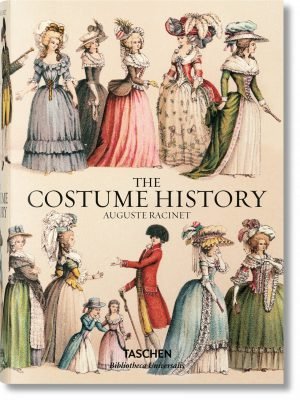Various depictions and descriptions of bloody and bloodless sacrificial ceremonies of the ancient Romans. The cultrarius, the camillus, the spondaules, the victim butchers, victimarii, the popa.
Category: Ancient
Greek Military. Two warriors in armor of iron, bronze, and leather.
The two warriors in the picture are wearing or carrying most of the types of war material used by the Greeks for over a thousand years.
Egypt. The river Nile, with the Pyramids of Ghizeh in the distance.
The Nile is the only river of Egypt, and is called by way of pre-eminence the River.
The Lictor panel. A stately Roman lictor in a rich costume.
The Paulus Emilius series, as previously stated, was woven in the third quarter of the XVII century. It showed the Roman hero clad in a sumptuous robe …
Minoan or Mycenaean Age. Costumes of ancient cretan people.
The Cretan costume of Antiquity. Long ago on the island of Crete there lived a group of people called Cretans and belonged to Minoan or Mycenaean Age.
Musical instruments. Wind and Stringed instruments of ancient Rome.
Rome. Musical instruments. Wind instruments. Stringed instruments. Cymbals, Timpani and castanets.
The Atrium. Interior of an ancient Roman palace.
The atrium was connected to several side rooms, which were closed by doors, and two open rooms, the latter being called alae.
Reconstructed Gallic warrior from about 400-200 B.C.
Gallic warrior from about 400-200 before Christ. Reconstructed after antique sculptures and original finds. Gimbel’s weapons collection.
Gauls. The inhabitants of Gaul before the Roman conquest.
Gauls. Male and female types. Gallic chief. Merovingian chief. Frankish warrior with the Scamasax. Farmers. Flag Bearer. Horsemen. Warrior types of the Salian Franks. The bardocucullus. The carnyx, war trumpet.
Pompeji. The Pompeian House. Roman architecture.
The Pompeian House. The Atrium. Plan and section of the house of the Pansa.

Auguste Racinet. The Costume History by Françoise Tétart-Vittu.
Racinet's Costume History is an invaluable reference for students, designers, artists, illustrators, and historians; and a rich source of inspiration for anyone with an interest in clothing and style. Originally published in France between 1876 and 1888, Auguste Racinet’s Le Costume historique was in its day the most wide-ranging and incisive study of clothing ever attempted.
Covering the world history of costume, dress, and style from antiquity through to the end of the 19th century, the six volume work remains completely unique in its scope and detail. “Some books just scream out to be bought; this is one of them.” ― Vogue.com











